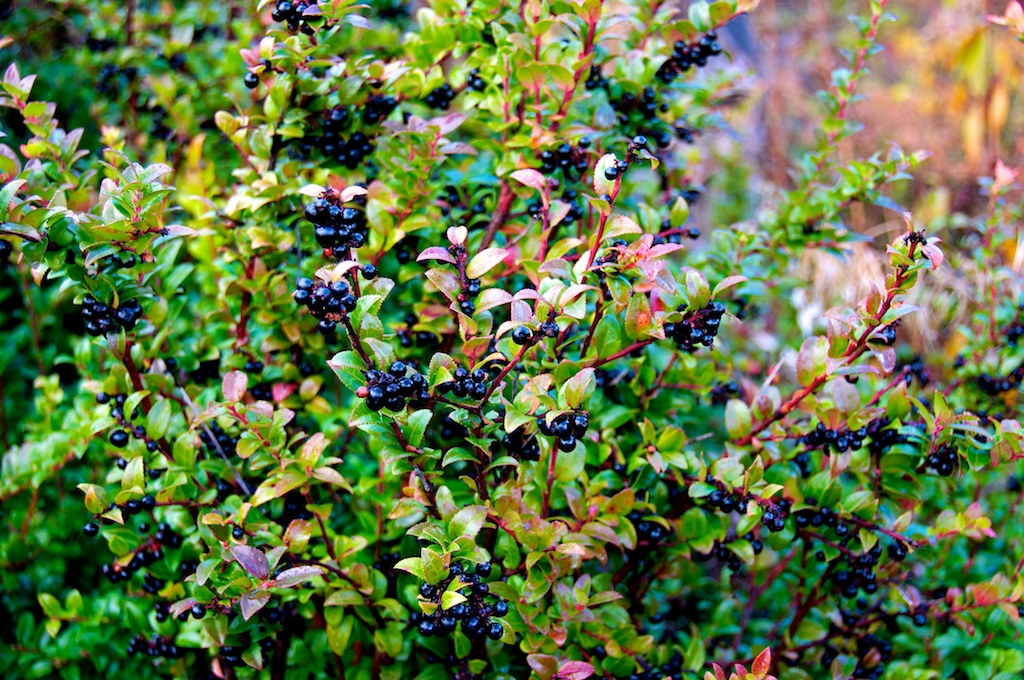Mahonia Nervosa Fruit

Low oregon grape the barberry family berberidaceae mahonia nervosa pursh nutt.
Mahonia nervosa fruit. It is called dull because its leaves are not as shiny as tall oregon. Hardy to usda zone 5 native range from british columbia to california east into idaho. Berberine universally present in rhizomes of mahonia species has marked antibacterial effects and is used as a bitter tonic. The fruit is an excellent safe and gentle laxative. It s ripe fruit are too acidic to eat raw but are stewed with sugar or other fruits and or made into jelly or pies. Suckering from the base the plant spreads to form a loose clump of several stems 1050. The fruit is an excellent safe and gentle laxative.
Mahonia nervosa commonly known as dwarf oregon grape cascade barberry cascade oregon grape or dull oregon grape is a flowering plant native to the northwest coast of north america from southern british columbia south to central california with an isolated population inland in northern idaho. The pale yellow flowers form in long racemes of about eight inches and the leaves are blue green turning dusky maroon during winter. Partial shade or shade with ample moisture. Fruit blue waxy coating about 5 mm diameter. Mahonia nervosa cascade long leaved or dull oregon grape this oregon grape is lower growing evergreen shrub topping out at about two feet. Nervosa refers to the fan like veins in its leaves. Mahonia haematocarpa the red hollygrape or mexican barberry has blood red berries that are used to make jelly.
Since it is not appreciably absorbed by the body it is used orally in the treatment of various enteric infections especially bacterial dysentery. Mahonea nervosa is known as the oregon grape. Flowers small yellow 30 70 in elongated erect terminal clusters racemes in april june. Berberine universally present in rhizomes of mahonia species has marked antibacterial effects and is used as a bitter tonic.


+-+Oregon+Grape.jpg)









/grapes-880c5ea8501d4e558af267de04a07984.jpg)









































